When Ford rolled out the Fairlane GTA in 1966, it wasn’t trying to win beauty contests—it was aiming to bring muscle to the mid-size market with no apologies. This was the first time Ford bolted a big-block V8 to an automatic transmission and badged it as a performance package. Positioned just below the Galaxie and above the Falcon, the Fairlane GTA gave buyers the power of a 390 cubic-inch V8 and the everyday ease of a SelectShift automatic. It wasn’t the loudest in the room, but it had nothing to prove once the light turned green.
The Debut of the 1966 Fairlane GTA
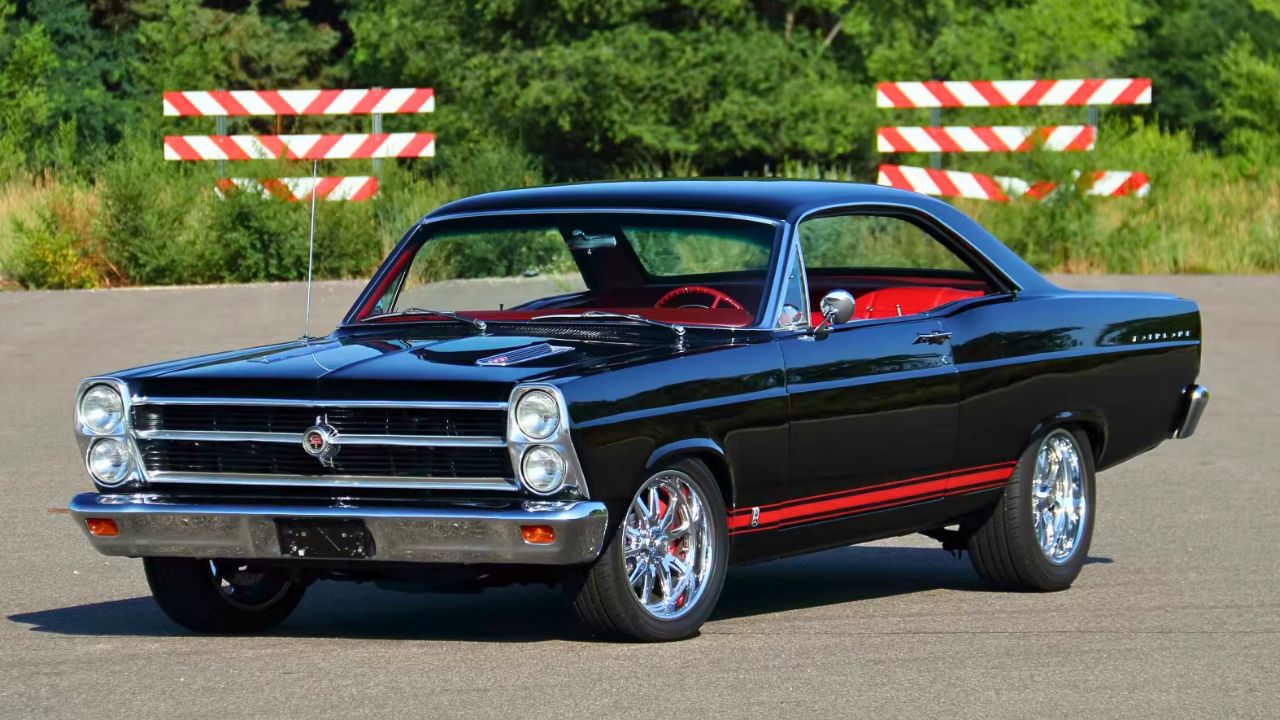
The 1966 Ford Fairlane GTA marked a turning point for the Fairlane lineup. It was the first time Ford attached the “GTA” name to a Fairlane, signifying a GT package paired exclusively with an automatic transmission. Ford aimed to bring muscle to the midsize market, and the GTA gave buyers something close to a Mustang GT in a more formal wrapper.
The GTA was part of the new fifth-generation Fairlane, which introduced stacked headlights and a longer, more aggressive body. It positioned Ford to compete with the GTO and Chevelle SS396, offering both performance and polish.
Powering the GTA: The 390 V8
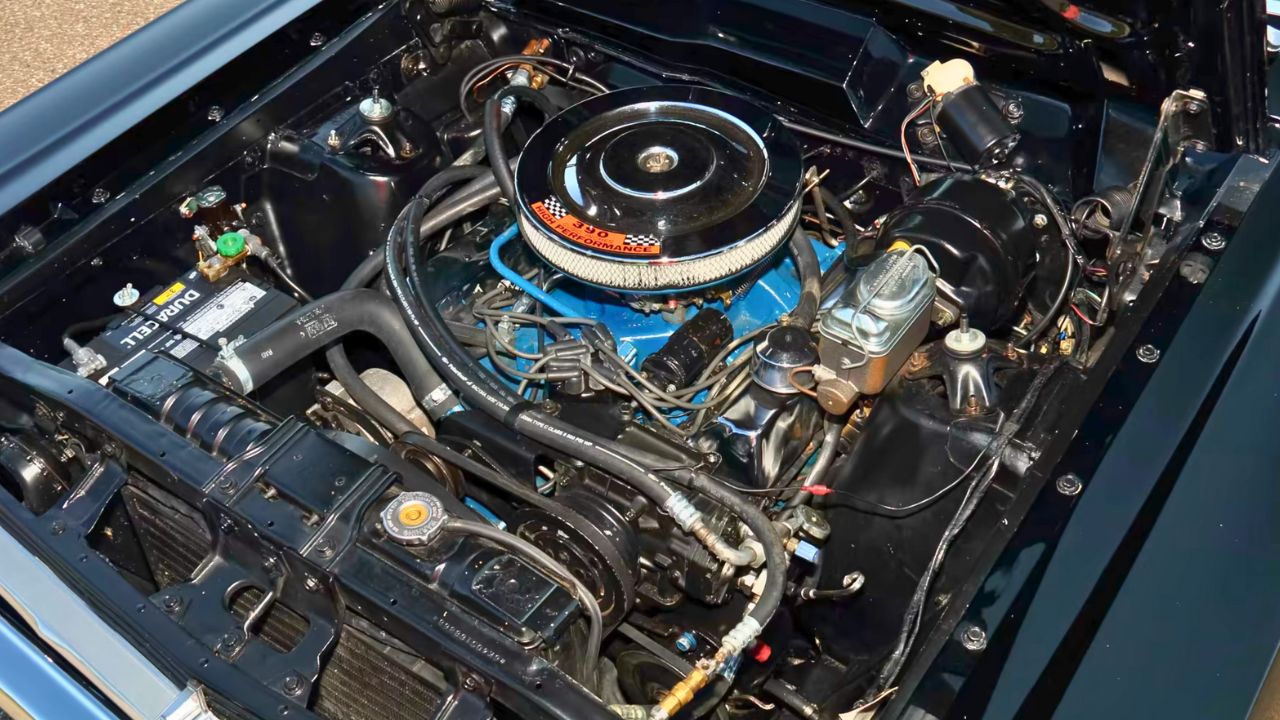
Under the hood of the 1966 Fairlane GTA was a 390 cubic-inch V8 rated at 335 horsepower and 427 lb-ft of torque. It was paired with a C6 three-speed automatic transmission, which delivered strong acceleration for the time. This setup helped the Fairlane compete against big-block rivals in the muscle car space.
While not as lightweight as a Mustang, the Fairlane GTA still moved with authority thanks to its torquey engine. It was a no-nonsense street car built for drivers who wanted power without sacrificing comfort.
GT Looks with Extra Refinement

The GTA didn’t just run strong—it looked the part too. It came standard with GT badging, styled steel wheels, a fiberglass hood with simulated scoops, and dual exhaust. Ford also gave it a special handling package that included stiffer springs and upgraded shocks.
Inside, the GTA offered bucket seats, a center console, and a sporty gauge cluster. It straddled the line between brute muscle and daily drivability, making it appealing to buyers who wanted both performance and civility.
Mid-Size with Muscle Intentions

The Fairlane GTA stood out because it delivered full-size V8 performance in a midsize package. Weighing about 3,300 pounds, it was leaner than Ford’s big Galaxie, but more substantial than a Mustang. This balance gave it a more composed feel on the road.
It wasn’t just a straight-line bruiser either. The optional GT suspension upgrades gave the Fairlane GTA respectable handling for a muscle car. You could cruise comfortably or hammer the throttle—it responded well to both.
Limited Production Run
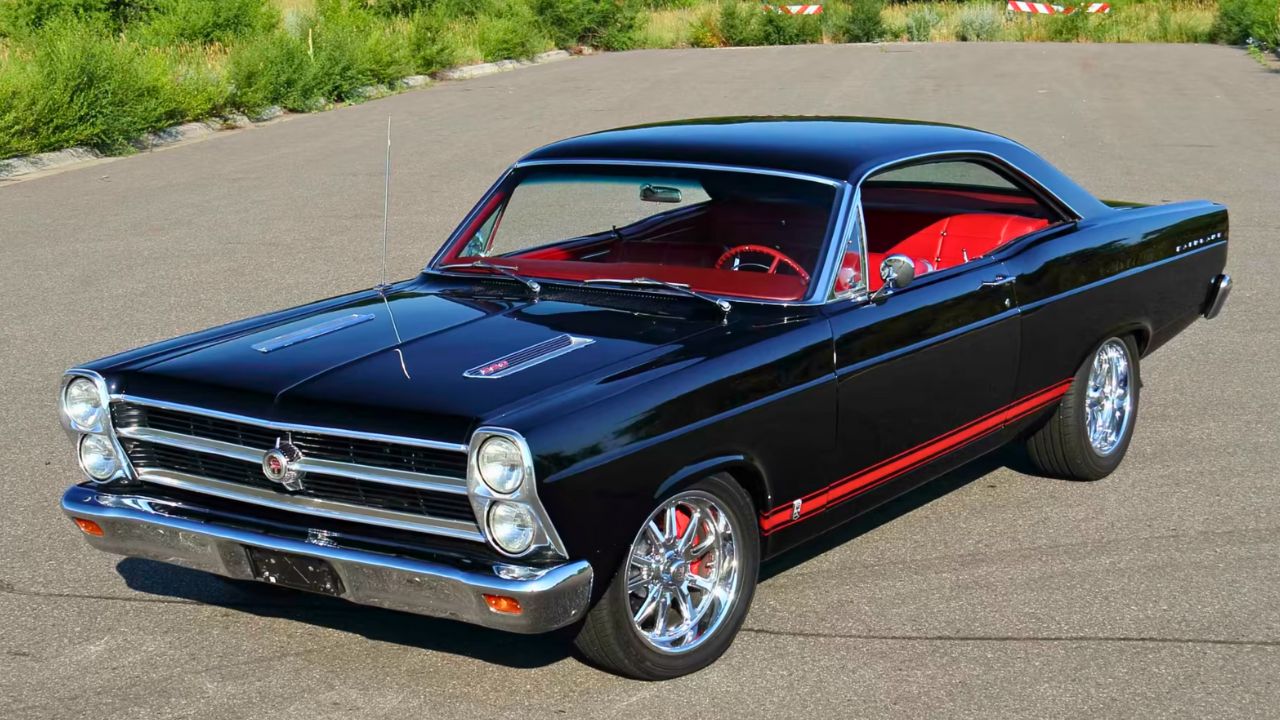
Ford didn’t build the GTA for long. It was offered only in 1966 and 1967, making it a relatively rare sight today. Exact 1966 production numbers vary by source, but estimates suggest fewer than 17,000 were made with the GTA package that year.
Because the GTA was automatic-only, it didn’t attract hardcore racers the same way four-speed GT models did. But it carved out its own following among drivers who wanted a fast, stylish cruiser without shifting gears manually.
Built in the Heart of Ford Country
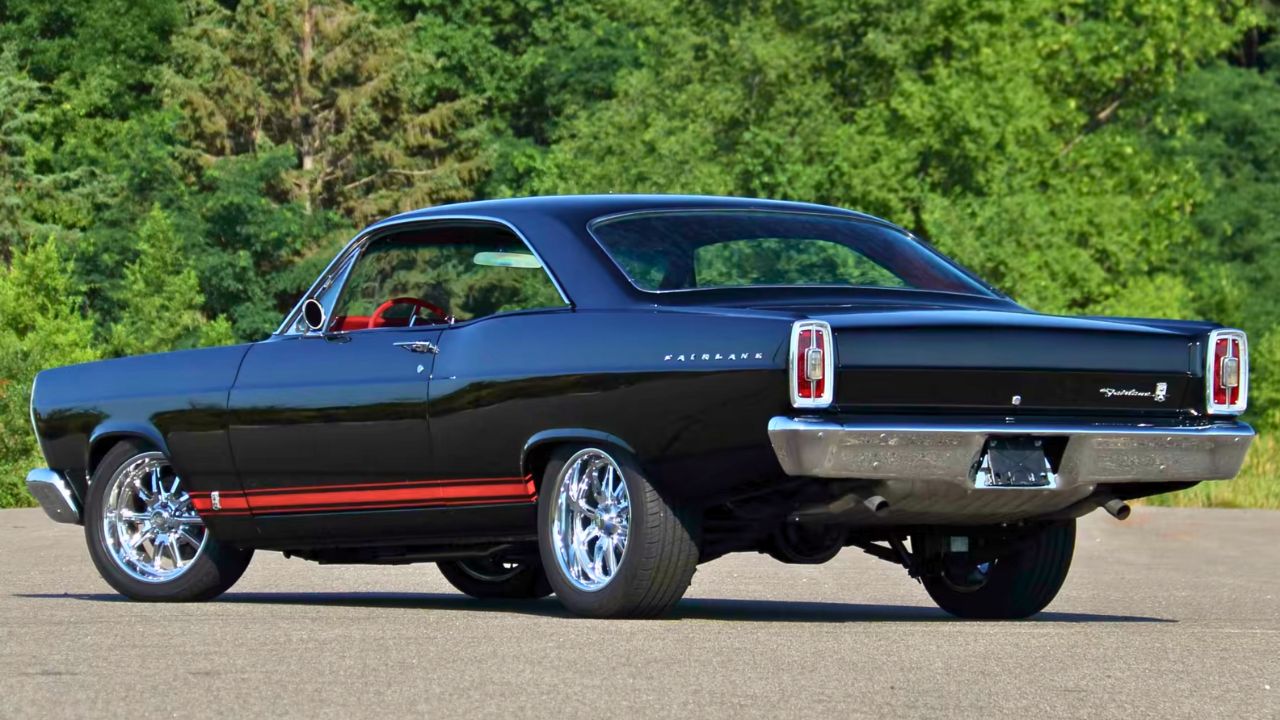
The 1966 Fairlane GTA was assembled at several Ford plants, including Kansas City and Dearborn. These facilities also produced other Fairlane variants and Ford’s full-size cars. Final assembly quality was high, especially for GT-package models.
Like many muscle-era cars, Fairlanes of this vintage were subject to hard driving and weather exposure, so clean survivors are rare today. Finding a well-preserved or properly restored GTA can be a challenge—and a prize.
Quietly Influential in Muscle History
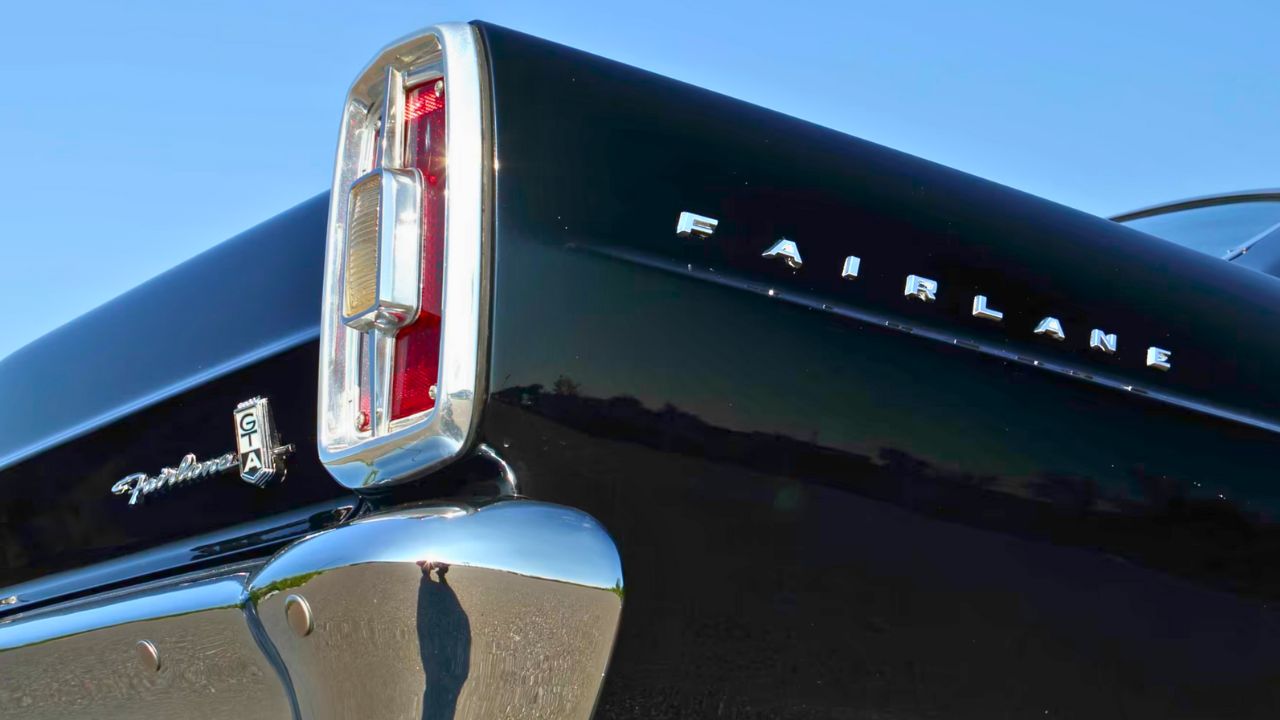
Though not as celebrated as the GTO or Chevelle SS, the 1966 Fairlane GTA helped validate the midsize muscle formula for Ford. It proved there was a market for muscle in a package larger than a Mustang but smaller than a Galaxie.
It also laid the groundwork for the Fairlane 427 and the later Torino GT. Without the GTA as a stepping stone, Ford’s muscle strategy in the late ’60s would’ve been a lot less convincing.
Affordable Muscle with Some Class

When new, the 1966 GTA wasn’t cheap—but it was a value. Starting around $2,800, it was priced below many high-performance full-size coupes. It gave buyers the muscle car experience without the flash or fuss of more aggressive nameplates.
Today, the GTA is still under the radar for many collectors. Prices are generally lower than equivalent Mustangs or Chevelles, making it a smart buy for someone looking to own something rare without chasing hype.
Not Just a Straight-Line Car

While the GTA’s big 390 made it quick in a straight line, Ford engineers didn’t ignore the corners. The GT handling package was more than window dressing. With stiffer springs, a front sway bar, and upgraded shocks, the GTA could hustle through curves better than you might expect.
It wasn’t a canyon carver by modern standards, but it handled better than most American cars of its era. The result was a muscle car that didn’t feel like it was fighting you around every bend.
A Forgotten Piece of Ford’s Muscle Legacy

The 1966 Fairlane GTA doesn’t show up in many “greatest muscle cars” lists—but maybe it should. It delivered big-block power in a midsize body before that was the norm. And while it only stuck around for two model years, it left an impression on those who drove or owned one.
Collectors today appreciate the GTA for its clean design, strong performance, and relative rarity. It’s one of those muscle cars that quietly carried the torch for Ford during a time when everyone was trying to one-up each other at the dragstrip.
Like what you read? Here’s more by us:
*Created with AI assistance and editor review.

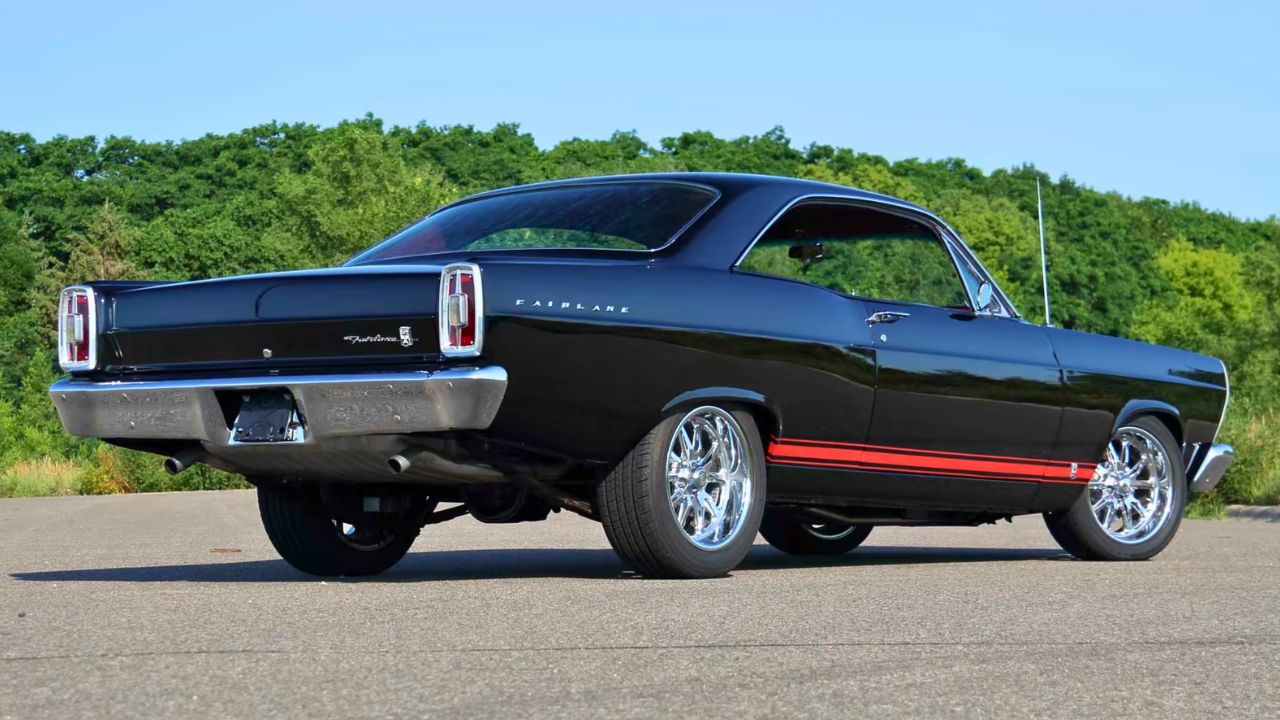





Leave a Reply